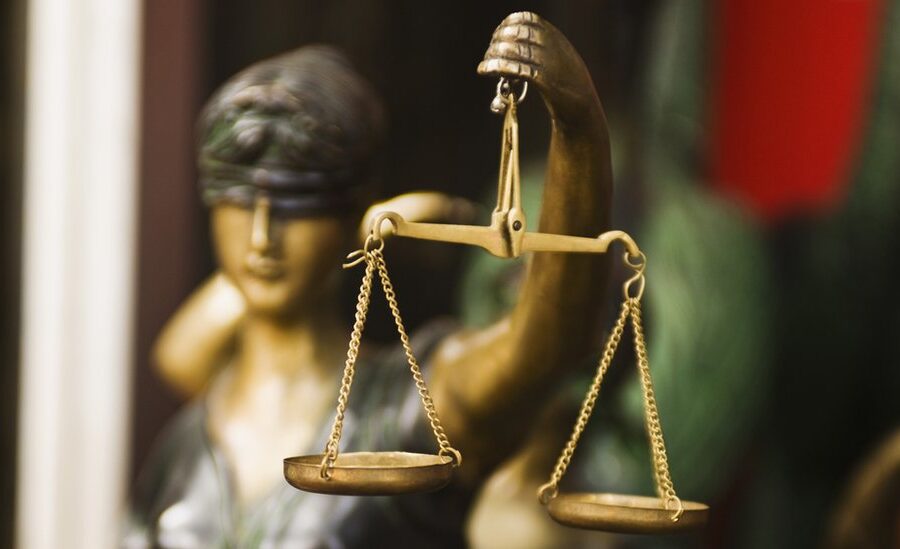Introduction
Bail is a legal mechanism that allows an accused person to remain free during the pendency of a criminal trial, based on certain conditions. It serves to balance two competing interests: the right to personal liberty of the accused and the interest of the state in ensuring justice. While the concept of bail is rooted in the presumption of innocence until proven guilty, its practical application raises several legal and ethical concerns, particularly in cases involving serious offenses, economic disparities, and judicial discretion.
Legal Framework
1. Definition and Purpose
Bail is the temporary release of an accused person from custody, typically upon the furnishing of a bond or surety, as a guarantee of their appearance in court. The primary objective of bail is not to set an accused free but to ensure their presence at trial without the unnecessary deprivation of liberty.
2. Classification of Bail
The Bhartiya Nagarik Suraksha Sanhita (BNSS) in India, or similar statutory provisions in other jurisdictions, classifies bail into three main types:
- Regular Bail (Section 480 and 483 of BNSS): Granted to a person after arrest.
- Anticipatory Bail (Section 482 of BNSS): Granted before arrest, in anticipation of it.
3. Bailable and Non-Bailable Offenses
Under Section 2(a) of the CrPC:
- Bailable offenses are those where bail is a matter of right, usually minor offenses.
- Non-bailable offenses require judicial discretion for granting bail, usually for more serious crimes.
The classification influences the approach courts take when deciding on bail applications.
Principles Governing Grant of Bail
When deciding whether to grant bail, courts consider several factors, including:
- Nature and seriousness of the offense
- Possibility of the accused fleeing from justice
- Likelihood of the accused tampering with evidence or influencing witnesses
- Criminal antecedents of the accused
- Health, age, and gender of the accused
- Stage of investigation or trial
The Supreme Court of India in Gurcharan Singh v. State (Delhi Administration) (1978) laid down that bail should not be refused unless there are cogent reasons to believe the accused would misuse the liberty.
Anticipatory Bail: A Preemptive Remedy
Anticipatory bail is a unique provision in Indian law, introduced through the 1973 Code of Criminal Procedure. It allows a person who apprehends arrest to seek bail before being taken into custody. The Supreme Court in Siddharam Satlingappa Mhetre v. State of Maharashtra (2011) emphasized that anticipatory bail is part of the right to life and personal liberty under Article 21 of the Constitution.
However, anticipatory bail is not an absolute right. Courts assess the same factors as in regular bail, along with the nature of the accusation and the credibility of the apprehension.
Bail and Constitutional Rights
The right to bail is closely tied to Article 21 of the Indian Constitution, which guarantees the right to life and personal liberty. The Supreme Court in Hussainara Khatoon v. State of Bihar (1979) highlighted the plight of undertrial prisoners languishing in jails due to the inability to furnish bail bonds. It reiterated that speedy trial and access to bail are essential components of Article 21.
Challenges and Criticisms
1. Socio-Economic Disparities
One of the most pressing criticisms of the bail system is that it disproportionately affects the poor. While wealthy accused persons can easily furnish sureties or pay bail amounts, indigent individuals often remain incarcerated for minor offenses. This undermines the principle of equality before the law enshrined in Article 14 of the Constitution.
2. Judicial Discretion and Inconsistency
Bail decisions often depend on the subjective satisfaction of the judge, leading to inconsistency and unpredictability. The same offense may attract bail in one court and be denied in another, eroding public confidence in the justice system.
3. Misuse of Bail
Concerns also arise where accused persons misuse the liberty granted by bail, such as absconding, threatening witnesses, or destroying evidence. These instances necessitate a cautious and well-reasoned judicial approach.
Recent Developments and Reforms
In 2021, the Supreme Court in Satender Kumar Antil v. CBI issued guidelines to reduce unnecessary arrests and streamline the bail process. The judgment emphasized that arrest should not be mechanical and that bail must be granted in a just and fair manner, especially for offenses punishable with less than seven years.
The Criminal Procedure (Identification) Act, 2022 and subsequent amendments have also impacted bail jurisprudence by expanding the scope of biometric data collection, raising fresh concerns about privacy and procedural safeguards.
Digital Initiatives
Courts have begun exploring digital mechanisms for filing bail applications, conducting virtual bail hearings, and using software tools for case management, making the process more accessible and efficient.
Conclusion
Bail is a vital component of a fair and humane criminal justice system. While its foundation lies in protecting personal liberty and the presumption of innocence, its execution must be reformed to eliminate socio-economic discrimination and arbitrary decision-making. Judicial training, statutory reforms, and a more liberal and humane interpretation of bail laws are necessary to uphold constitutional values. The ultimate goal should be to ensure that the right to bail does not become a privilege of the few but remains a safeguard for all.
Contributed by: Shruti ( Intern)

